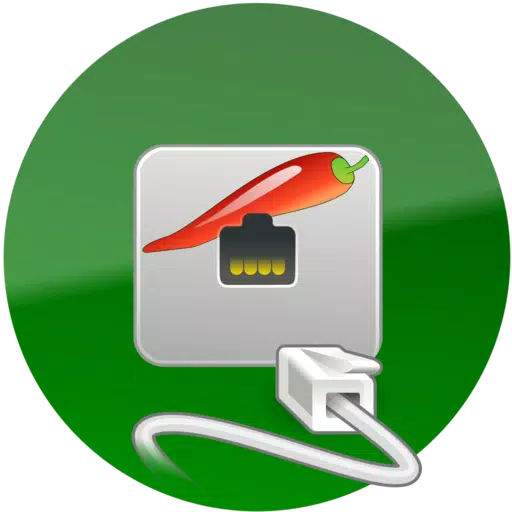aSPICE is a secure, open-source SPICE and SSH Remote Desktop client designed for QEMU KVM virtual machines. It leverages the LGPL licensed native libspice library to provide a robust and versatile tool for remote desktop management. Whether you're running any guest OS on your qemu virtual machines, aSPICE ensures a seamless and secure connection.
For iOS and Mac OS X users, aSPICE is now available as aSPICE Pro on the Apple App Store:
https://apps.apple.com/ca/app/aspice-pro/id1560593107
Supporting the development of aSPICE and the broader GPL open-source community is easy—simply purchase the donation version, aSPICE Pro. If you encounter any issues, please use the "Send email" feature in Google Play to report them directly to the developer before leaving a review.
For the latest updates and detailed release notes, visit:
https://github.com/iiordanov/remote-desktop-clients/blob/master/bVNC/CHANGELOG-aSPICE
If you need access to older versions of the software, they are available at:
https://github.com/iiordanov/remote-desktop-clients/releases
Should you run into any bugs, report them at:
https://github.com/iiordanov/remote-desktop-clients/issues
For questions or further discussions, instead of leaving a review, join the conversation on the forum:
https://groups.google.com/forum/#!forum/bvnc-ardp-aspice-opaque-remote-desktop-clients
Don't miss out on bVNC, another powerful tool by the same developer:
https://play.google.com/store/apps/details?id=com.iiordanov.freebVNC
If you're experiencing issues with mouse pointer synchronization, consider using the "Simulated Touchpad" input mode or enhance your setup by adding an "EvTouch USB Graphics Tablet" to your virtual machine. Here’s how:
- Using virt-manager: Navigate to View->Details, then select Add Hardware->Input->EvTouch USB Graphics Tablet.
- Command-line users: Add the option
-device usb-tablet,id=input0when starting your virtual machine.
aSPICE boasts an impressive array of features, including:
- Compatibility with any SPICE-enabled qemu virtual machine, regardless of the guest OS.
- Master password, MFA/2FA SSH authentication, and USB Redirection in aSPICE Pro.
- Audio support and multi-touch control over the remote mouse, offering intuitive gestures like one-finger tap for left-click, two-finger tap for right-click, and three-finger tap for middle-click.
- Sound support, accessible via the Advanced Settings on the main screen.
- Right and middle-dragging capabilities without lifting the initial tapping finger.
- Scrolling with a two-finger drag, pinch-zooming, and dynamic resolution adjustments for seamless desktop reconfiguration.
- Full rotation support, multi-language support, and complete mouse functionality on Android 4.0+ devices.
- SSH tunneling for enhanced security and access to machines behind firewalls.
- UI optimizations tailored for various screen sizes, Samsung multi-window support, and SSH public/private key support.
- Automatic session saving, multiple scaling modes, and various input modes, including Direct, Simulated Touchpad, and Single-handed.
- On-screen control keys, D-pad support, and integration with Hackerskeyboard for an optimized typing experience.
- Import/Export of settings, Samsung DEX support, and special key captures like Alt-Tab, Start Button, and Ctrl+Space.
Looking ahead, aSPICE plans to integrate clipboard functionality for seamless copy/pasting between your device and the virtual machine.
For detailed instructions on setting up SPICE on Linux, refer to:
- Red Hat: http://www.linux-kvm.org/page/SPICE
- Ubuntu by Canonical: http://askubuntu.com/questions/60591/how-to-use-spice
Explore the open-source code and contribute to the project at:




































